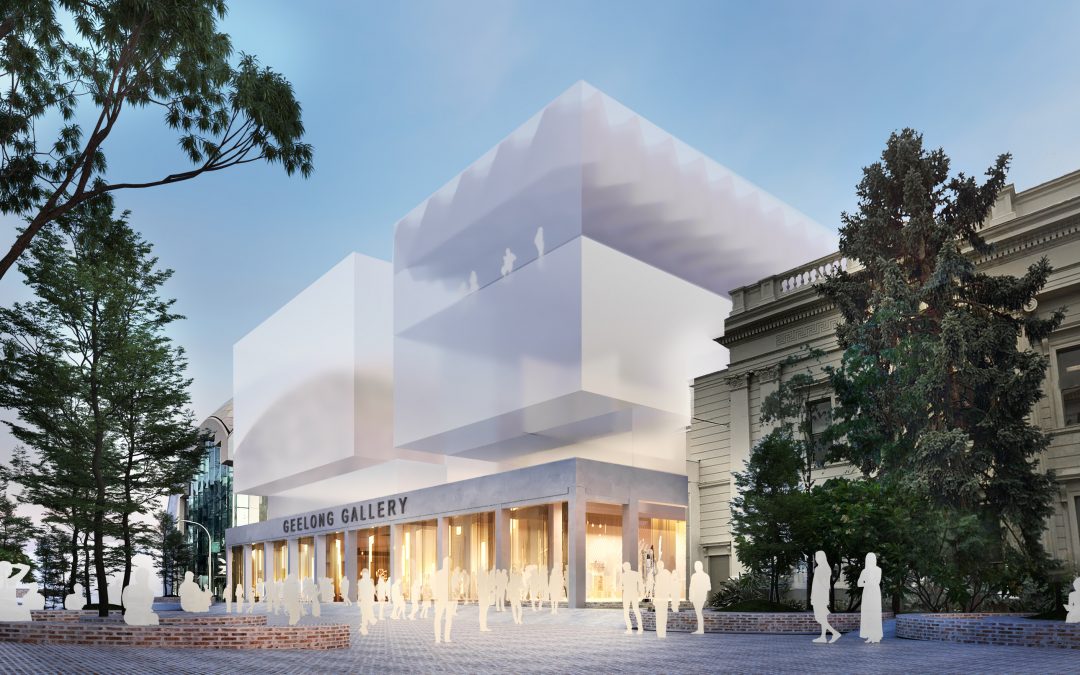Can Geelong be a globally recognised creative city?
Back in 2015, I founded not for profit Creative Geelong Inc. In the years prior, our headlines were dominated with the news of both Ford and Alcoa moving away from heavy manufacturing in our region. Many jobs were on the line and rumours of Geelong being a ghost-town or “Geetriot” were circulating.
What was clear was that Geelong had a chance to re-position itself. Our economy had proven its resilience over several decades including when the clothing and textile industry mostly moved offshore and again when we faced the shock of the Pyramid collapse.
In 2015, we did not have our Clever and Creative 30-year community vision. We did not have our UNESCO Creative City status. By 2018, we had both of these key strategic pillars in place and a new Creative Industries Strategy.
In the past seven years, this narrative has dramatically shifted. Geelong did not see the dramatic downturn in employment that was predicted. We were able to build a new economic future for the region through a range of initiatives including decentralisation of government agencies, dedicated programs focused on innovation, advanced manufacturing and skills re-training, and strong voices to government to invest in infrastructure including the Geelong City Deal.
In 2022, the greater Geelong region is home to an extraordinary community of creative practitioners and hubs. Prior to and during the pandemic we have seen an influx of knowledge workers and creative migrants who have turned to our region for more affordable housing in our stunning natural environment. Through their passion, communities have formed, and creative experiences have been developed and are attracting more interest from Melbourne and beyond. We are now at a key turning point where we need to recognise and seize the potential of the talent that is in Geelong and position ourselves as a creative hotspot and centre for innovation.
The Creative Industries Strategy for the G21 region (2021) states:
“There is a worldwide trend for governments and communities to identify the creative industries sector as a key opportunity to achieve economic prosperity, community wellbeing and a creative ecology. The creative industries are repeatedly proving an important piece of a framework to transition from a reliance on heavy industry and other forms of labour-intensive production…The most recent available data provided in the 2020 A New Approach report, shows the creative industries sector employed 8.1% of the Australian workforce, contributing 6.4% of GDP. For a significant period of the past decade, employment in the creative industries grew at three times the rate of the rest of the Australian workforce.”
For Geelong to truly stamp its place in the creative world, we need a truly great 21st century gallery. Cultural and social representation, reflection and storytelling through the visual arts are powerful, lasting, life-shaping forms and experiences. Geelong Gallery is respected nationwide as one of the leading – and oldest – regional galleries in Victoria and celebrated its 125th anniversary last year.
With the 2026 Commonwealth Games coming to Geelong, we have a generational opportunity to showcase our story to the world. The Gallery’s ambition to contribute more to Geelong’s ‘clever and creative’ economic and cultural renewal is seriously restricted by a lack of adequate space for ambitiously scaled, drawcard exhibitions. Restricted space limits display and constrains storage of what is regarded as a nationally important collection owned by the people of Geelong.
The proposed redevelopment of Geelong Gallery through a significant expansion into the Geelong Town Hall would present a new model of a regional art museum as a cultural, learning and social space that honours the civic and ceremonial heritage of the Town Hall.
Expanded facilities for the Gallery will embed large scale, popular and drawcard exhibitions, providing significant tourism and economic outcomes for the region. The Gallery’s proposed expansion would double its current footprint and attract 200,000 visitors annually.
For Geelong to realise its potential as a global creative city, this redevelopment is essential. For more information about the proposed $114 million redevelopment, contact the Geelong Gallery.
Image: John Wardle Architects Concept Design
